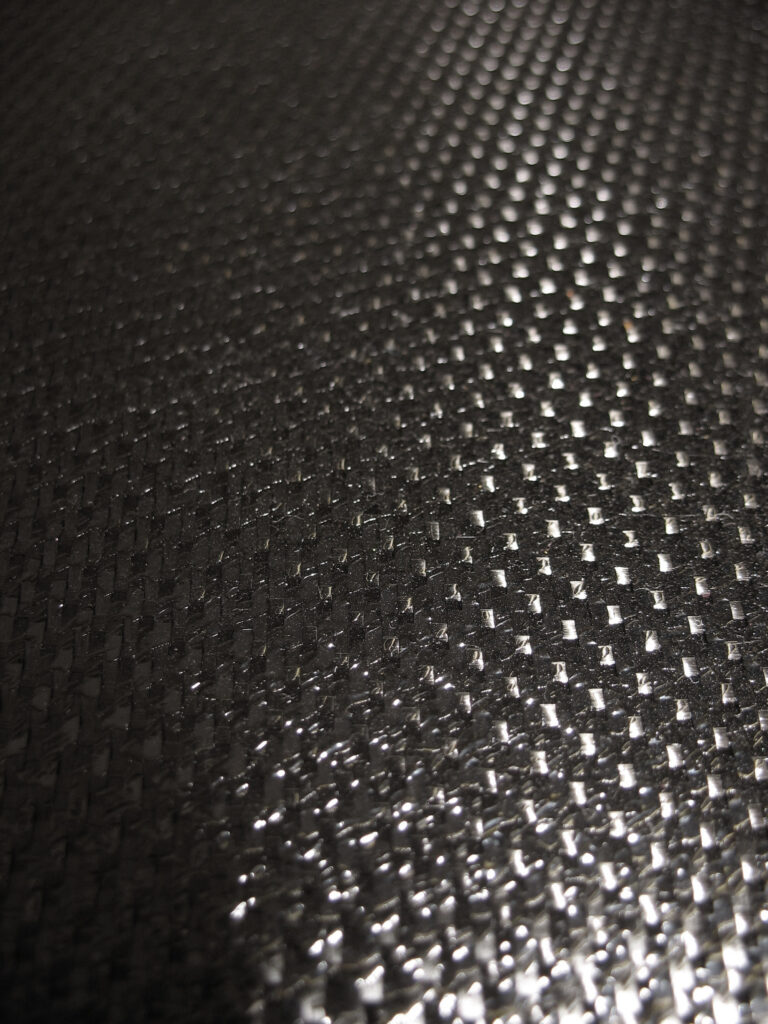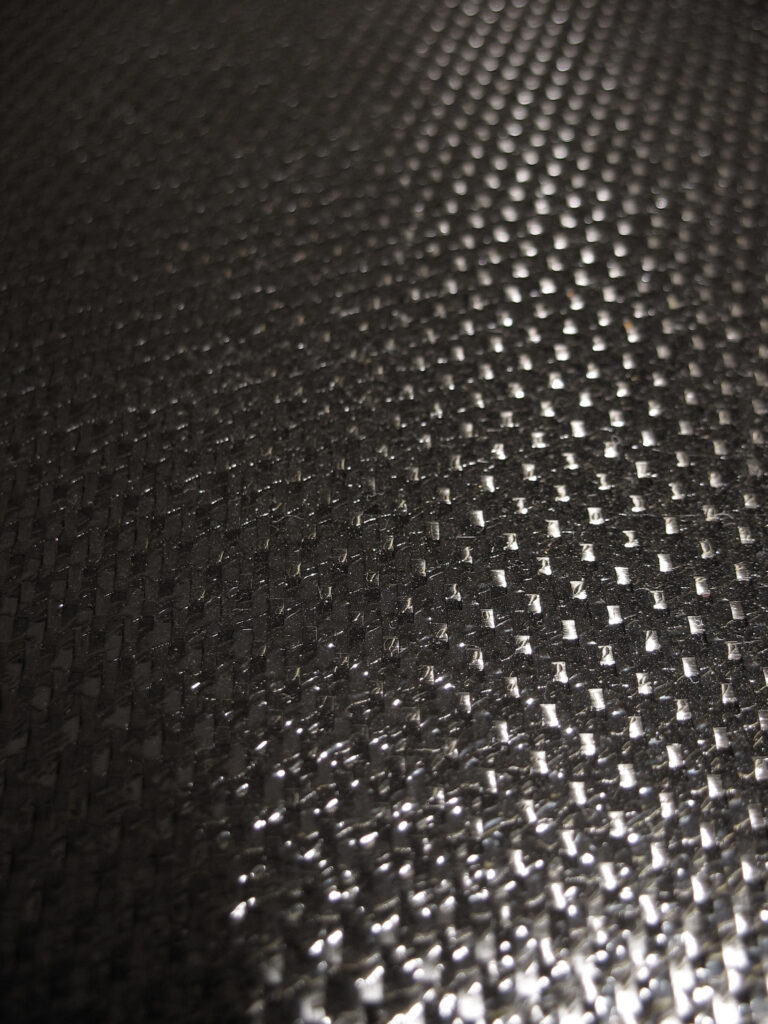Is Mold Making You Sick? Common Misconceptions about Mold Exposure and Its Effects on Your Health
Mold is a common problem in many homes, schools, and workplaces. It can grow almost anywhere there is moisture or dampness, including walls, ceilings, carpeting, flooring, and furniture. While mold may not seem like a big deal, it can have serious health effects, especially for people with allergies or respiratory problems. In this article, we will explore some of the most common misconceptions about mold exposure and its effects on your health.
Introduction to Mold and Its Health Effects
Molds are fungi that thrive in warm, humid environments. They produce spores that can be released into the air and inhaled by humans and animals. When these spores land on a surface where they can grow, they begin to multiply rapidly, forming colonies that can spread throughout a building.
While some types of mold are harmless, others can release chemicals called mycotoxins that can cause adverse reactions in humans and pets. Mycotoxins can irritate the skin, eyes, nose, throat, and lungs, causing symptoms such as coughing, sneezing, runny nose, congestion, headaches, fatigue, and difficulty breathing. People with weakened immune systems or chronic conditions such as asthma, allergies, or autoimmune disorders are particularly vulnerable to the effects of mold exposure.
Common Misconceptions About Mold Exposure
One of the biggest myths about mold is that you need to see visible growth before taking action. In reality, mold can often hide behind walls, under floorboards, or in other hard-to-reach places, making it difficult to detect without professional testing. Even if you don’t see any signs of mold, you could still be exposed to dangerous levels of mycotoxins.
Another misconception is that only certain types of mold are dangerous. The truth is that any type of mold can pose a risk to human health, depending on the amount of exposure and the individual’s susceptibility. Some of the most common culprits include Stachybotrys chartarum (also known as black mold), Aspergillus fumigatus, Penicillium chrysogenum, Cladosporium cladosporioides, and Alternaria alternata.
Signs and Symptoms of Mold Exposure
The signs and symptoms of mold exposure can vary widely depending on the person and the level of exposure. Some common symptoms include:
Respiratory problems such as wheezing, shortness of breath, and coughing
Skin rashes or irritation
Headaches and fatigue
Nausea and vomiting
Sinus congestion and pressure
Eye irritation and redness
Asthma attacks
In some cases, mold exposure can lead to more severe health issues such as bronchitis, pneumonia, and even lung damage. If you suspect that you or someone in your household has been exposed to mold, it’s important to seek medical attention right away.
The Dangers of Long-Term Mold Exposure
Long-term mold exposure can have serious consequences for your health. Over time, repeated exposure to mycotoxins can cause inflammation throughout the body, leading to chronic conditions such as fibromyalgia, chronic fatigue syndrome, and multiple sclerosis. Mold exposure has also been linked to an increased risk of developing certain types of cancer, including leukemia and lymphoma.

Preventing Mold Growth in Your Home
The best way to prevent mold growth in your home is to control moisture levels. This means fixing leaky pipes and roofs, using exhaust fans in bathrooms and kitchens, and keeping indoor humidity levels below 60%. You should also clean up any water damages or spills immediately, and make sure that your heating and cooling systems are properly maintained. Finally, consider investing in a dehumidifier to help keep moisture levels low.
If you do find evidence of mold growth in your home, it’s essential to take immediate action. Hire a professional mold remediation company to remove the affected materials and treat the area with antifungal agents. Make sure to follow proper safety precautions during the process, including wearing protective gear and ventilating the space thoroughly.




